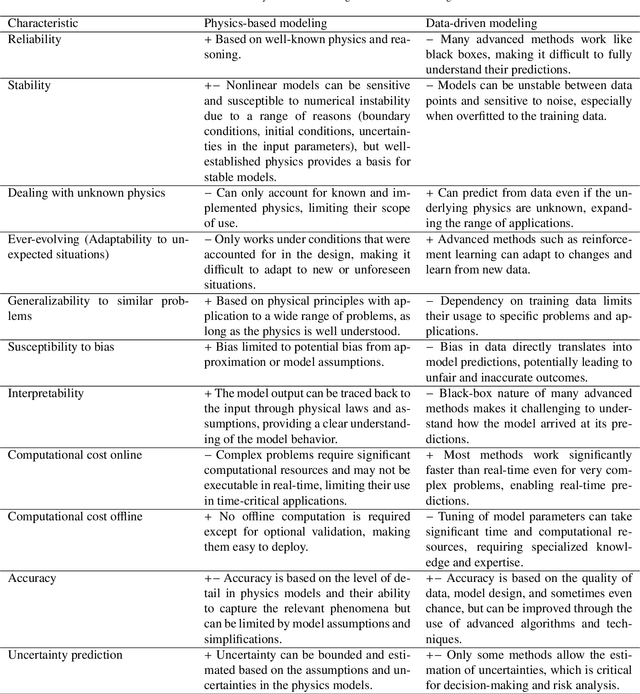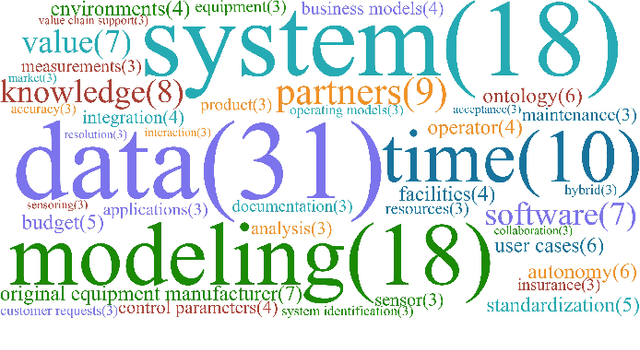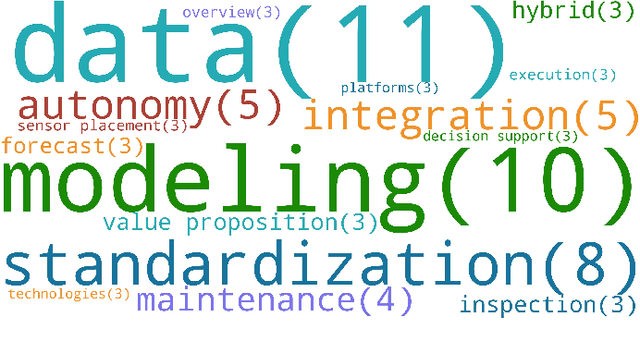Tore Rasmussen
Standalone, Descriptive, and Predictive Digital Twin of an Onshore Wind Farm in Complex Terrain
Jul 05, 2023Abstract:In this work, a digital twin with standalone, descriptive, and predictive capabilities is created for an existing onshore wind farm located in complex terrain. A standalone digital twin is implemented with a virtual-reality-enabled 3D interface using openly available data on the turbines and their environment. Real SCADA data from the wind farm are used to elevate the digital twin to the descriptive level. The data are complemented with weather forecasts from a microscale model nested into Scandinavian meteorological forecasts, and wind resources are visualized inside the human-machine interface. Finally, the weather data are used to infer predictions on the hourly power production of each turbine and the whole wind farm with a 61 hours forecasting horizon. The digital twin provides a data platform and interface for power predictions with a visual explanation of the prediction, and it serves as a basis for future work on digital twins.
Digital Twins in Wind Energy: Emerging Technologies and Industry-Informed Future Directions
Apr 16, 2023



Abstract:This article presents a comprehensive overview of the digital twin technology and its capability levels, with a specific focus on its applications in the wind energy industry. It consolidates the definitions of digital twin and its capability levels on a scale from 0-5; 0-standalone, 1-descriptive, 2-diagnostic, 3-predictive, 4-prescriptive, 5-autonomous. It then, from an industrial perspective, identifies the current state of the art and research needs in the wind energy sector. The article proposes approaches to the identified challenges from the perspective of research institutes and offers a set of recommendations for diverse stakeholders to facilitate the acceptance of the technology. The contribution of this article lies in its synthesis of the current state of knowledge and its identification of future research needs and challenges from an industry perspective, ultimately providing a roadmap for future research and development in the field of digital twin and its applications in the wind energy industry.
 Add to Chrome
Add to Chrome Add to Firefox
Add to Firefox Add to Edge
Add to Edge